Even though it hasn’t made much money at the box office, Will Smith‘s most recent period drama, Emancipation, is causing a stir. The movie really positions itself as one of the most glaring examples of the slavery culture and racial indifference that have undermined modern American ideas.
The narrative centers on Gordon, who is portrayed by Smith and is better known as Whipped Peter, and explores how he manages his daily problems at work and his separation from his wife Dodienne and children.
The movie has done a good job of illustrating its point and depicting the unpleasant reality that is highly influenced by tragic real-life events. Yes, a lot of us have considered this before learning if a movie is based on a real-life story or not.
Is Emancipation Movie Based On True Story?
The film is based on a true story but with a Hollywood touch and a few extra scenes to make Peter’s Escape look more epic. Like that wild alligator fight scene and the final showdown he had with his overseer. Even though those scenes were well executed and hella entertaining, there’s no record of either of those events going down according to history.
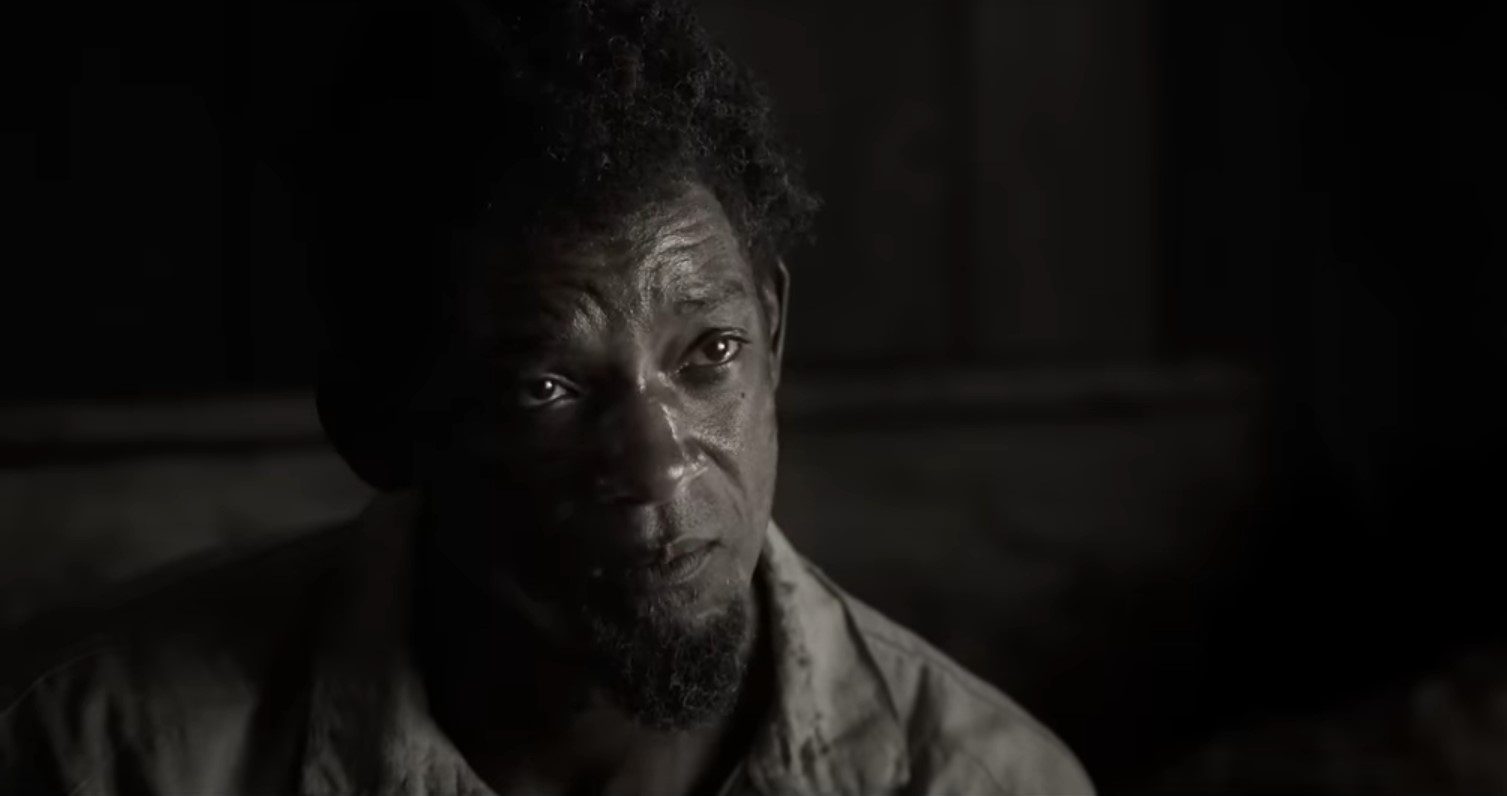
Gordon, once Whipped When Peter, an African slave in America, managed to escape his captivity, pictures were taken to show the terrible wounds that weapons had left on his back. His full name is unknown, but since enslaved individuals weren’t considered valuable enough to receive a last name, he went by the name Gordon. Even yet, it’s possible that he was given the name Peter as a result of the slave owners’ refusal to accept his mother’s given name.
The scourged-back photograph, which was one of the most extensively disseminated images of the Abolitionist Movement during the American Civil War, is still among the most infamous images from that time period. How many men like Gordon have vanished into oblivion is a question that nobody can answer.
He was who? Who were his family members? And yet, you also ponder whether anyone would ever be aware of his existence if not for this photograph, like so many other lives who were forced into slavery and whose stories were never told. The little we do know about Gordon is as follows.
The Suffering Of The Slaves
Gordon was born in Louisiana on a cotton plantation owned by John and Bridget Lyons. No one knows for sure his date of birth, but many estimated it to be around 1815. Gordon had received a severe whipping for undisclosed reasons in October of 1862, two months before Christmas, as dated by Gordon. These beats left him with horrible marks on much of the surface of his back. The plantation overseer who whipped Gordon was a man named ARTAYOU CARRIER.
When John Lyons heard off the whipping, he discharged his overseer who had carried out this vicious attack, and for the next two months, as Gordon recuperated in bed, he decided to plan his escape.
Slave weapons were very common and left devastating marks on their bodies. The cat of nine tails was the name of the whip that was used to inflict serious harm on the slaves. It was a whip that was woven and flowed into nine separate pieces, each piece had a knot in the middle, and some even attached broken glass and nails at the very end.
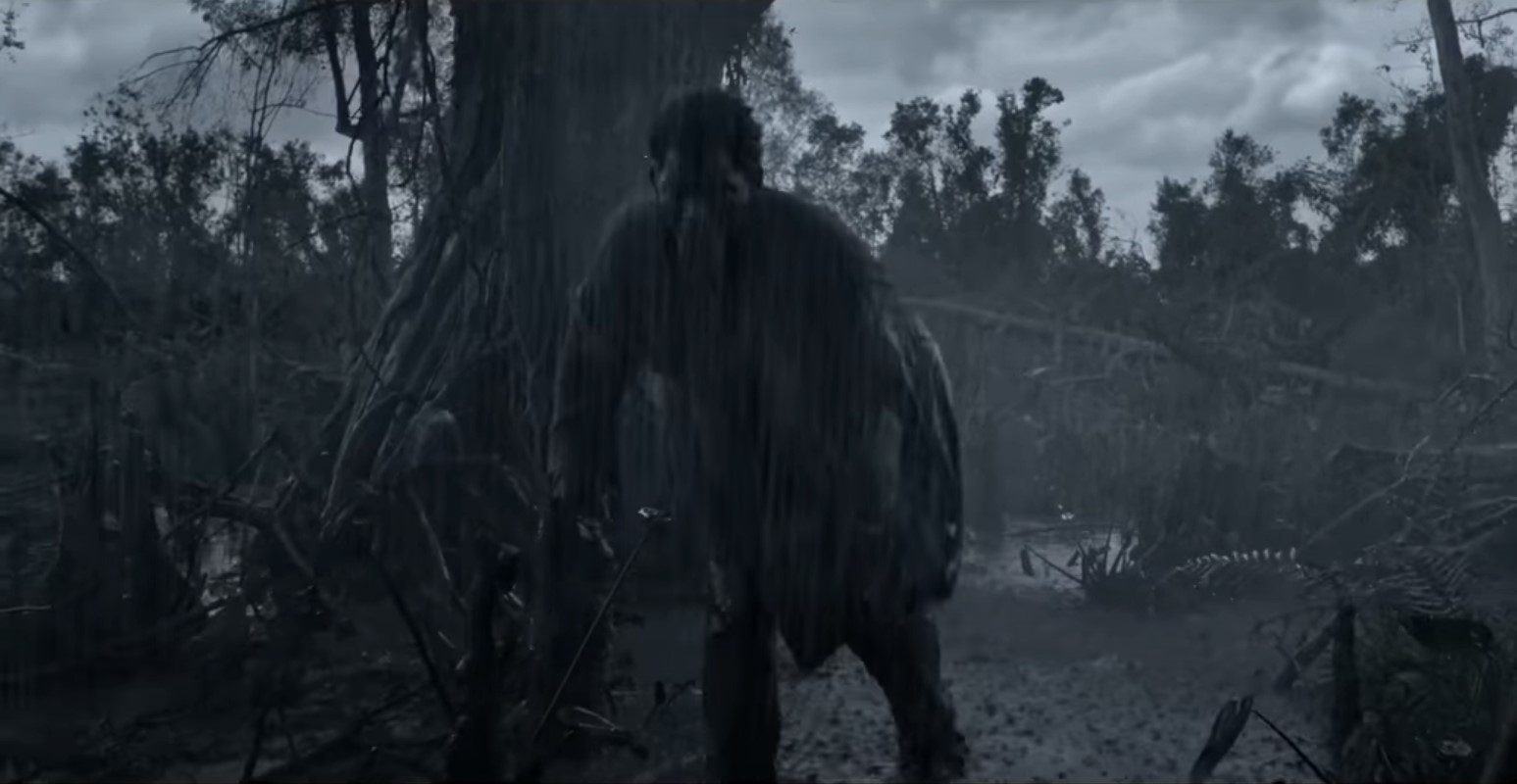
Gordon’s Escape
Gordon finally escaped in March of 1863 from the 3000-acre cotton plantation that held him and nearly 40 other people in slavery at the time of the 1860 census. The Lyons Plantation was located along the West Bank of the Archer flyer River in St Landry Parish between present-day Marvel and Crotch Springs Louisiana.
Gordon and three other enslaved people escaped during the night. But as slave hunters pursued them, one of their companions was killed. To cover their scene from The Bloodhounds that were chasing them, Gordon took onions from his Plantation, which he carried in his pockets.
After crossing each Cricket Swamp, he rubbed his body with the onions to throw the dogs off his scent. He fled over 40 miles or 64 kilometers barefoot through the creeks and across Fields over the course of 10 days. Before reaching Baton Rouge, where the Union’s 47th Massachusetts Infantry was stationed. Gordon’s clothing was ragged and soaked with mud and sweat.
Gordon’s Examination After The Escape
On the 2nd of April 1863, Gordon underwent a medical examination at the Union camp that revealed six scars that crisscrossed his back. These scars were the result of the numerous weapons he received as a slave. There were two new Orleans-based photographers at the camp at the time who produced a card to visit portrait of Gordon, showing the mass of wilds and bridges covering his back.
Gordon was portrayed by William D. MacPherson and his collaborator Mr. Oliver, and their work was later mass-produced and published in Harper’s Weekly Journal, a publication that wrote extensively on the American Civil War. Gordon’s disfigured back helped bring the stakes of the Civil War to life, contradicting Southerners’ insistence that their slaveholding was a matter of economic survival and not cruelty. And when people talked of the Humane treatment of African slaves, the photo of Gordon’s back told the true story.
During his examination, Gordon told of his experiences when he arrived at the union regiment Camp:
“I left the plantation 10 days from today. ARTAYOU CARRIER whipped me over-aeer. There was no sign of My Master. I don’t recall receiving a beating. I had been in bed for two months, suffering from the whipping, when my senses finally dawned. I was somewhat insane. They said I attempted to shoot everyone. I had tried to shoot everyone, but I was unaware of this. I burned all of my clothes because they told me to, but I don’t recall doing it. I’ve never been like this before.”
Joining The Union Army
Gordon then joined the Union Army as a guide three months after the Emancipation Proclamation allowed for the enrollment of freed slaves into the military forces. On one Expedition, he was taken prison prisoner by the Confederates. He survived and once more escaped back to Union lines.
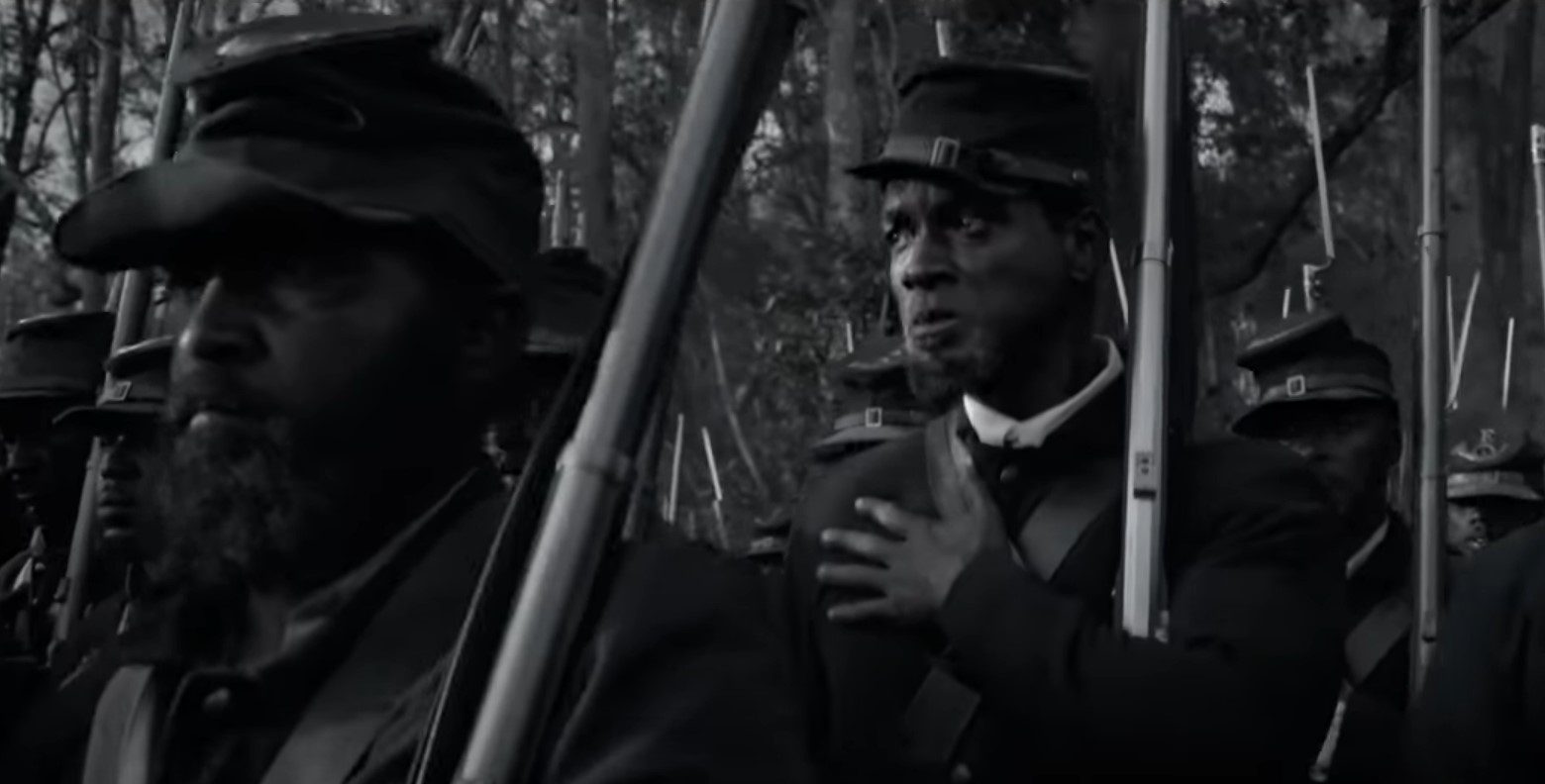
Soon afterward, he enlisted in a U.S. colored troop Civil War unit. He was said by The Liberator to have fought bravely as the sergeant in the corpse Afrique during the siege of Port Hudson in May of 1863. It was the first time that African soldiers played a leading role in an assault against the Confederates. It is noted that the African-American regiments fought with Fierce Valor in fighting for their freedom. They might have been three men, but they would still battle for equality for centuries to come.
Did Peter Face An Alligator?
In the film, Will Smith’s character fights off an alligator in the swamp using a log. The Emancipation fact-check revealed that this timeframe is entirely fictitious. There is no record of the real Peter ever coming across an alligator, despite the fact that they would have posed a menace as he made his way through the swamps and bayous of Louisiana.
Does The Movie’s Character Look Like The Real Peter?
Yes, to some extent. As previously stated, Will Smith’s character was modeled after the escaped slave in the well-known “Whipped Peter” photographs, which were shot in Baton Rouge, Louisiana, on April 2, 1863, while Peter was receiving medical attention. In the Apple TV+ film Emancipation, Will Smith’s Peter has a similar beard and back scars from keloid treatment.
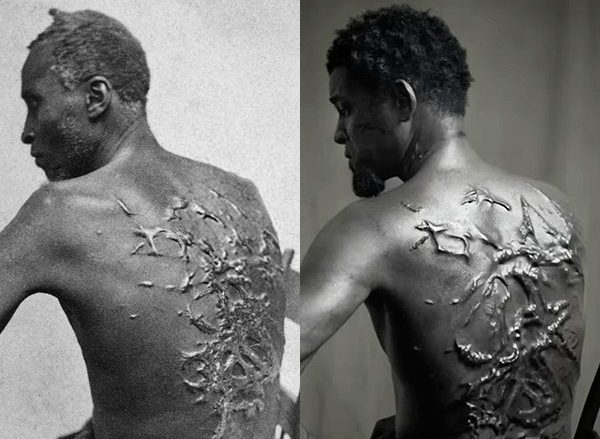
The escaped slave, identified as “Gordon,” is shown in the image. However, the back of the picture just has the description “Contraband that marched 40 km to come to our lines” written inked on it. Historians believe that Gordon and Peter are the same individuals, despite possible changes in facial hair and facial structure from the man in the Scourged Back photographs.
According to the image on the left, Peter (also known as Gordon) is depicted as he appeared when he arrived at the Union lines in Louisiana. In the Apple TV+ film, Will Smith plays the slave Peter.
Did Peter Have A Wife And Children?
We know that the actual Peter had a wife because of what he was cited as stating in Baton Rouge during his medical check immediately before joining the Union Army. The only time he speaks about her is when he claims to have been informed that he attempted to shoot her while acting irrationally and taking a long time to recover from being severely whipped by the overseer, Artayou Carrier.
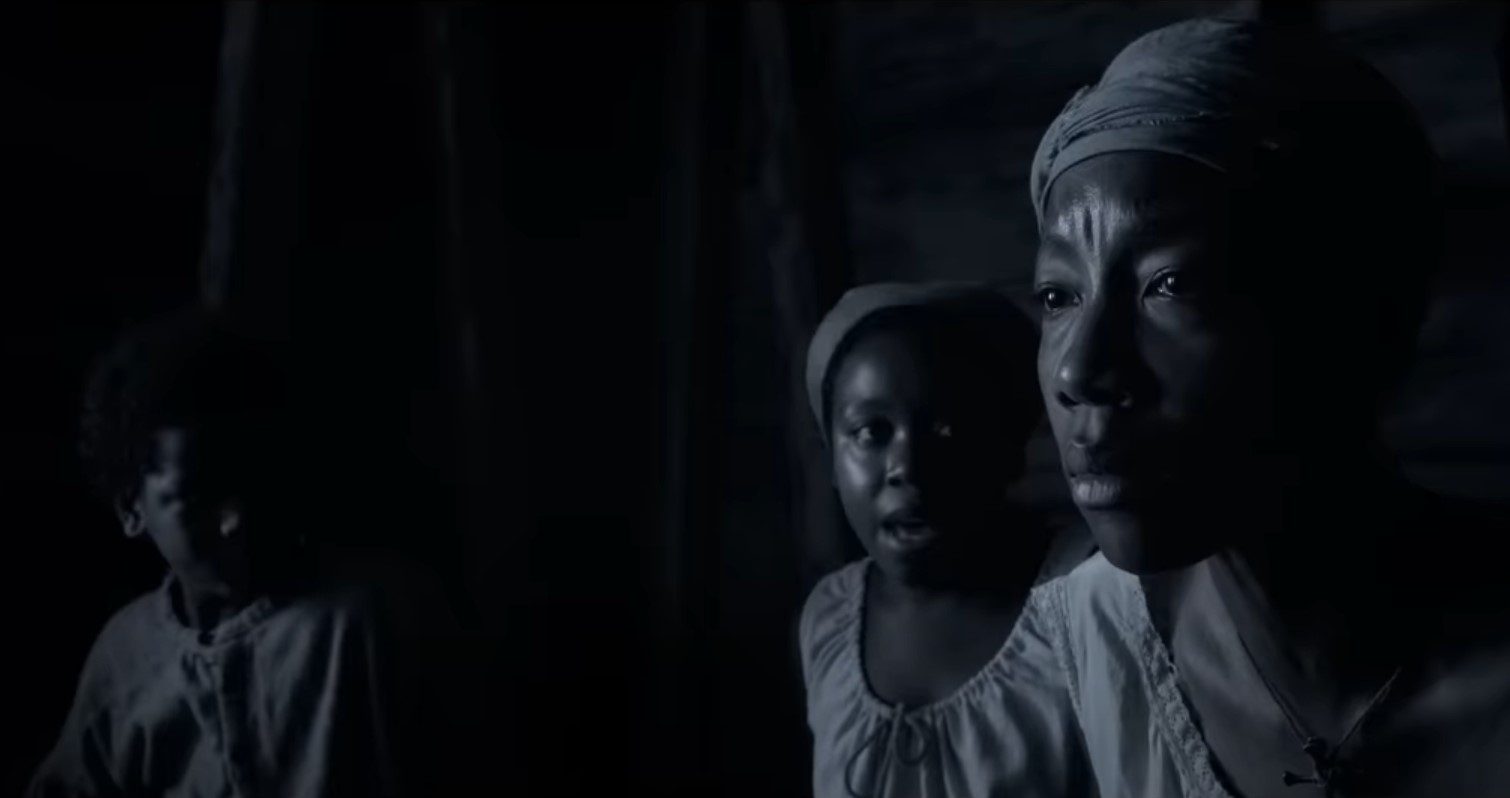
His wife, Dodienne, is played by Charmaine Bingwa in the Emancipation film. Her real name is unknown, according to a fact check by Emancipation. In the movie, Peter’s children are made up. It is uncertain if the original Peter had kids. Children are not mentioned in either the 1863 Harper’s Weekly story or what he was cited as saying in Baton Rouge.
Are Gordan And Peter The Same Person?
The reason the filmmakers adopted the name Peter is because it appeared on images of his scourged back that were widely shared and some of which featured his own comments on the other side, in which he narrated his lashing and escape. 3 months after the Whipped Peter photographs were shot, on July 4, 1863, a Harper’s Weekly story referred to him as “Gordon.” Although Harper’s article has generally been considered accurate, it is possible that Gordon and Peter are, in fact, two different people, and Vincent Colyer made up the story presented in Harper’s article.
For instance, Gordon appears to have little facial hair and what looks to be a distinct skull and facial structure in the two images of Gordon in Harper’s article, in contrast to the Whipped Peter photographs, which depict a man with noticeable facial hair at his chin. The article also contains unreliable information that Peter was not quoted as providing in his narrative given during his medical evaluation.
The man who appeared in the Scourged Back picture a few months earlier, named Peter, said that he had fled the John Lyons plantation, which was located in Louisiana. However, Harper’s story claims that he “escaped from his lord in Mississippi.” Peter claimed that he received a whipping two months prior to Christmas, yet Harper’s article claims that Gordon received a whipping on Christmas.
There is a tiny possibility that his owner gave him the name Peter and that after being a free man, he chose to choose the name Gordon, though there is no evidence to support this.
Was Peter’s Whipped Photo Impactful?
Yes, the photos of Peter’s horrifying keloid scars on his back, allegedly taken by New Orleans-based photojournalists Mr. Oliver and William D. McPherson, became some of the most widely shared images of slavery during the Civil War and continue to be among the most significant and upsetting illustrations of the injustice and inhumanity of the practice.
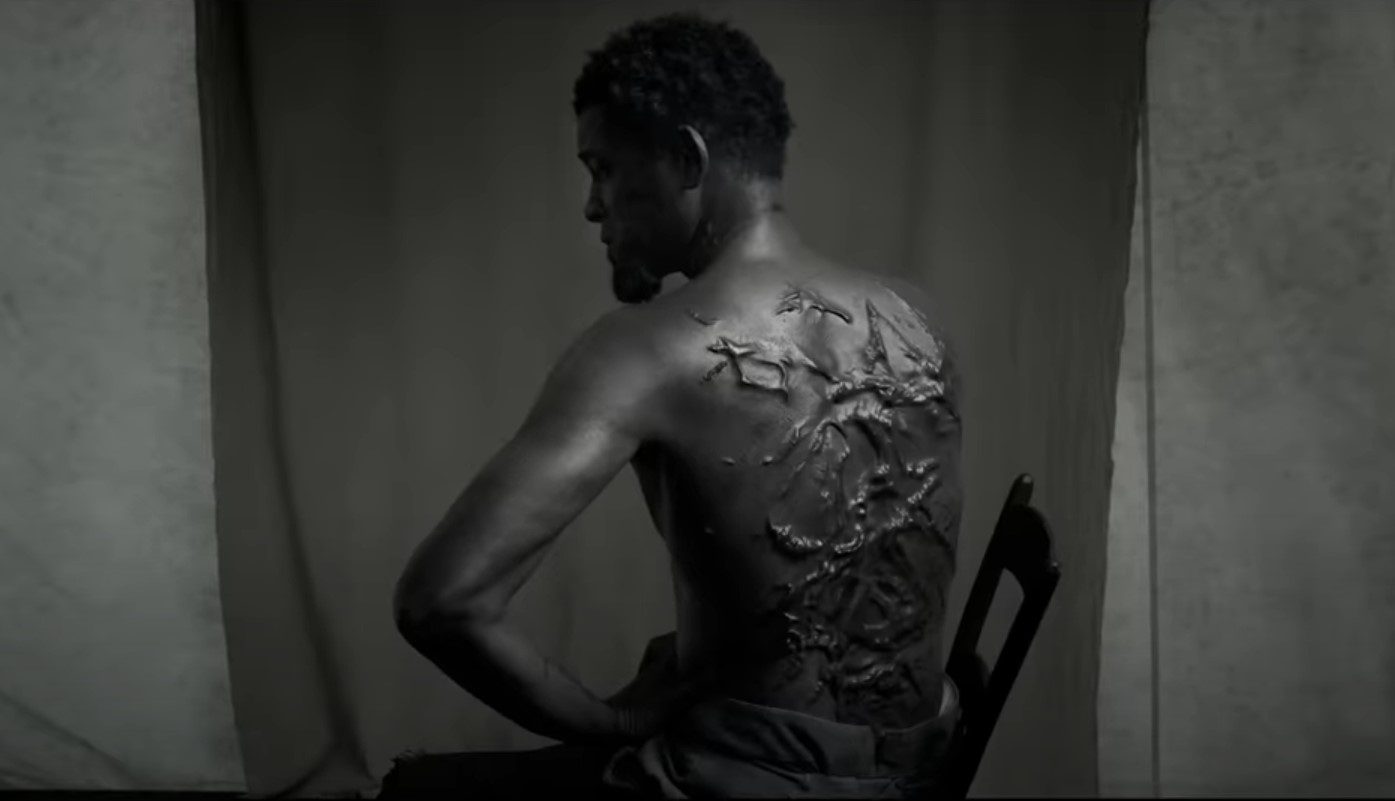
Northerners were mostly misinformed about the horror of slavery before the image was distributed as a carte-de-visite and its publishing (as an illustration) in the July 4, 1863, Harper’s Weekly article. Photographers Mr. Oliver and William D. McPherson from New Orleans are said to have captured images of Peter on April 2, 1863, in Baton Rouge, exposing his wounded back.
After humiliating losses at Fredericksburg in December 1862 as well as Chancellorsville in the first few days of May 1863, support for emancipation as well as the Union war effort had been fading. The images of Peter the Slave’s bruises helped to turn things around.
Many Northerners began to believe that the war was hopeless and began to wonder if they should continue fighting. The Scourged Back photograph encouraged free blacks to join the fight and increased support for fortifying the Union Army through conscription. In some ways, the image during the American Civil War served the North in a similar capacity to the image of Emmett Till’s corpse, mostly during Civil Rights Movement almost a century later.
This Kind Of Cruelty Was Wide Spread
Similar levels of cruelty towards Black captives have been shown in other slavery-themed films based on real-life events. This also applies to 12 Years a Slave. Emancipation might be unique in that there is photographic proof of the savagery it depicts. Although tough to look at, it’s even more challenging to ignore.
How widespread this kind of abuse was at the time the photograph was taken was a question that people started to ask. Because Union surgeons examined former slaves as they enrolled and saw identical scarring on hundreds of other slaves, we know that this kind of torture was widespread.
The First Louisiana regiment’s black surgeon included a picture of Peter’s scarred back with a letter to his brother in the city that read, “I’m writing to you from the city, brother,” “I’ve included a photo of a slave after he’s been whipped. During the time I have been vetting recruits for my regiment and others, I have witnessed hundreds of similar sights, so they are nothing new to me, but they might be to you. Please show this image to anyone you know who complains about the treatment of slaves if they do. It stands alone as a lecture.”
Also Read: Cocaine Bear True Story: A ‘High’ Rampage





